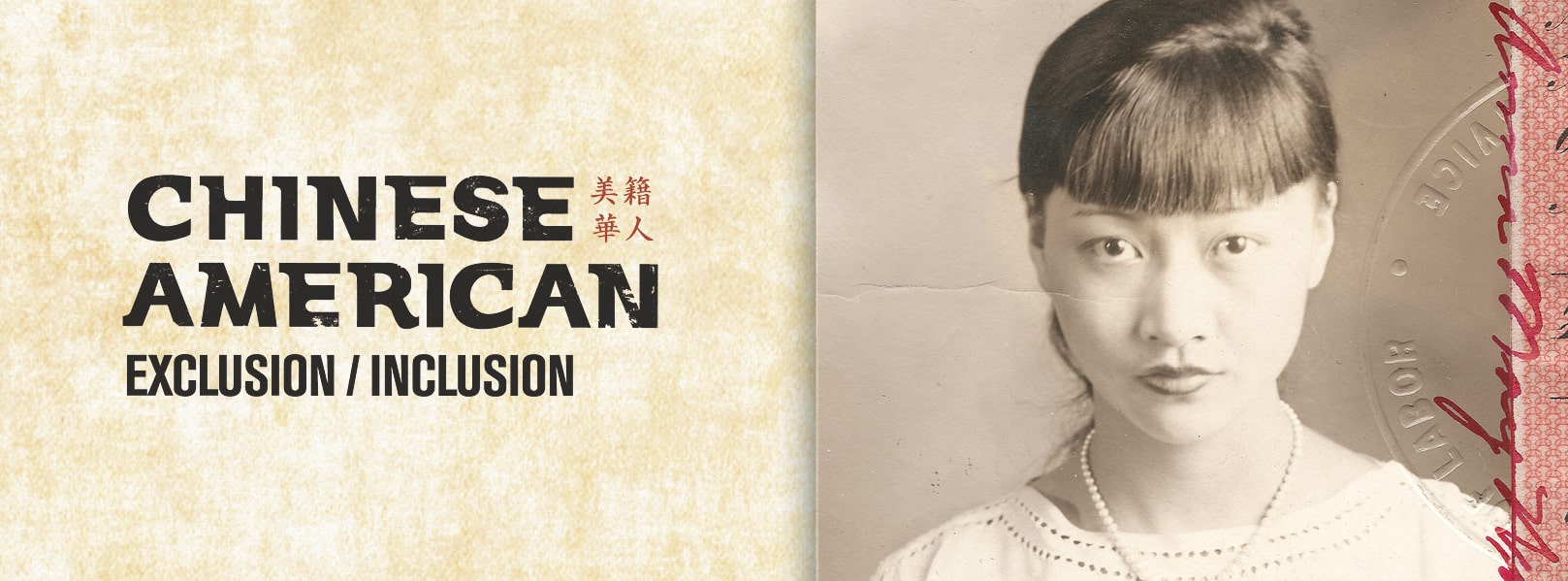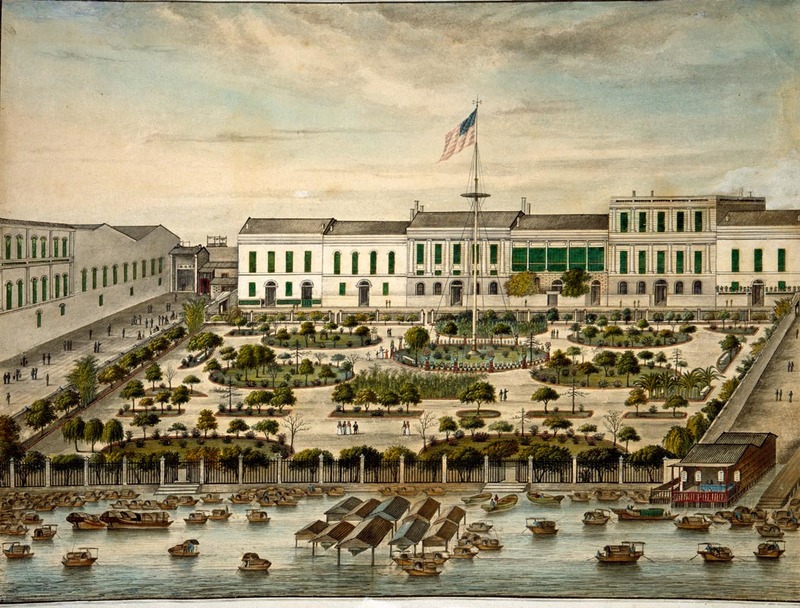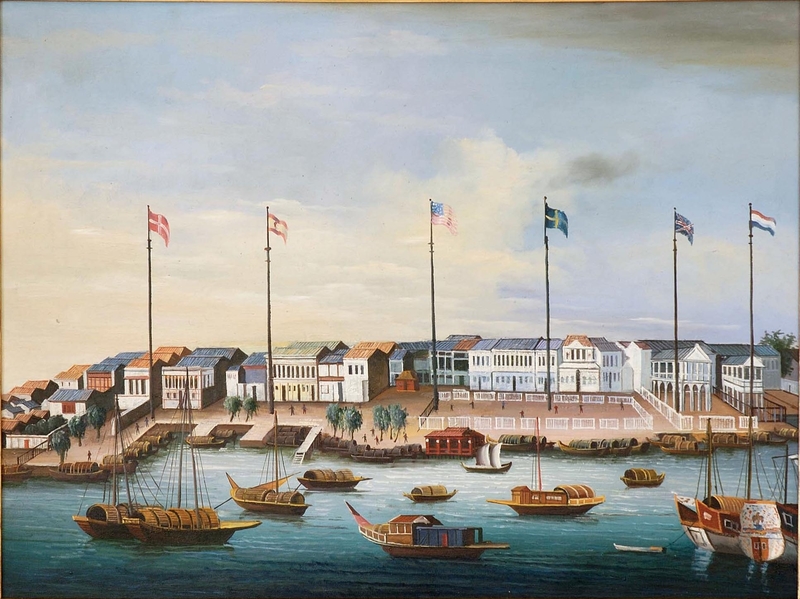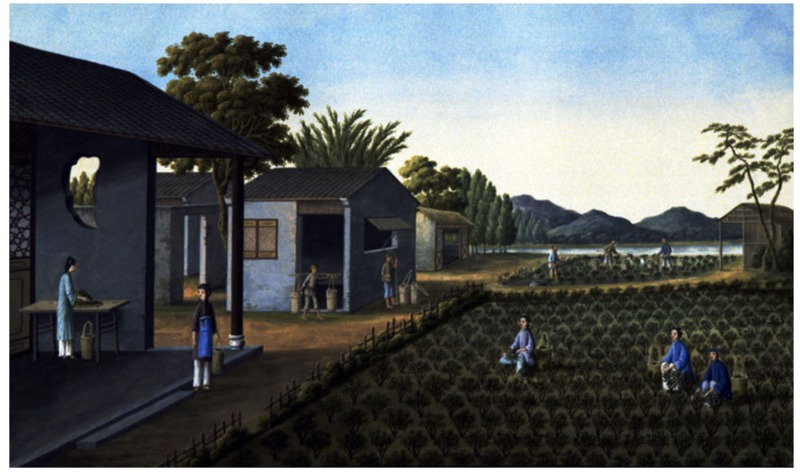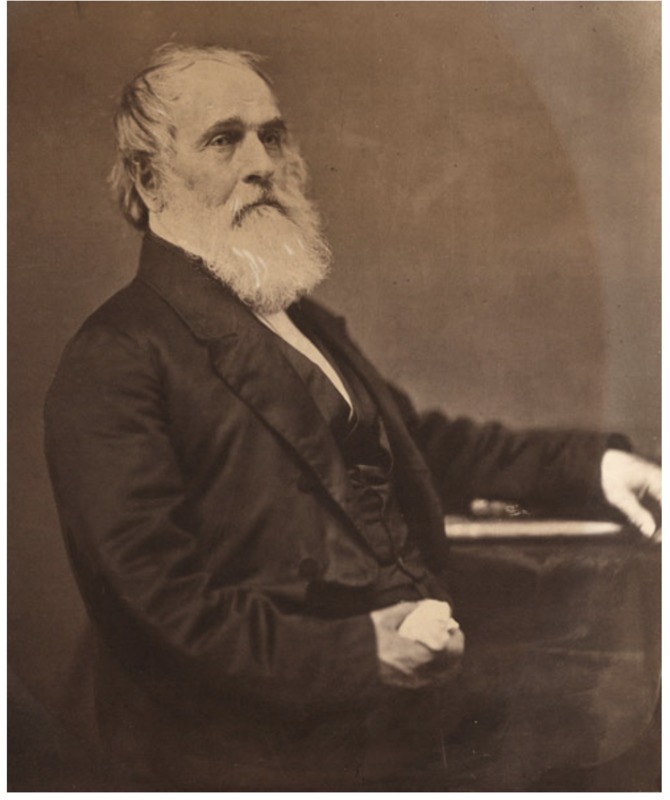Old China Trade: Doing Business with China
In the years of the Old China Trade, before the 1840s, foreign traders were only permitted to trade with Cohong merchants in the city of Canton. Foreign ships approaching Canton had to stop at Macao and take on a Chinese river pilot for the trip up the Pearl River to the harbor at Whampoa.
Guangzhou (Canton) , China was a walled city, with a small quarter-mile strip of land outside the walls for foreigners. English, Dutch, Portuguese, and many other nationalities were represented among the merchants who lived in hongs, or trading houses, and conducted their business from March to November. In winter merchants returned to Macao to stay with their wives and families. When the new season’s teas began to reach Canton, the merchants came back to the Hongs. Foreign merchants were not permitted to travel outside of Canton, and they were forbidden to learn the Chinese language. Trade was conducted through interpreters using pidgin.
The United States entered the China Trade in 1784 and participated in the traditions and restrictions of the Old China Trade.
In the early years of the China Trade, western countries encountered resistance. The Chinese had long regarded their country as the only civilized one in the world. They permitted trade condescendingly and thought westerners should be grateful for the privilege. They considered foreigners barbarians and accepted presents as evidence of European and American humility. This was a very different attitude from other countries with whom the British had established trade, where rulers were deposed and native populations subjugated. Westerners’ refusal to subjugate themselves to the kowtow ritual caused misunderstandings between the Chinese and their foreign visitors.
The Chinese mandarins did not think they needed anything from the rest of the world. They believed they already had the best possible food — rice; the best drink — tea; and the best cloth — silk. Western merchants had to find things the Chinese wanted, because westerners wanted Chinese products. The resourceful merchants discovered certain desirable trade goods: ginseng, furs for mandarins, sandalwood, and a few exotic edibles such as beche-de-mer (sea slugs), shark's fins, and some kinds of bird's nests. The value of Chinese exports, however, was always greater than that of the imported goods, and the Chinese demanded silver specie to make up the difference.
Western trade with China dates back to the 1500s, when Dutch and Portuguese traders began to import Chinese goods including silk, spices, porcelain, painting, and fine furniture. But it was the consumption of tea in Europe that created a booming commercial market between China and the West. Beginning in the seventeenth century, millions of pounds of Chinese tea were exported annually.
The Portuguese, the first European traders to enter China, leased and controlled Macao; by the 1700s the center of Western trade shifted to Canton (now Guangzhou). The Chinese government closely monitored activity in the trading ports. The United States made its foray into the China trade after independence from Great Britain and the signing of the Treaty of Paris in 1783. The following year the first American ship, Empress of China, arrived in China carrying silver and 30 tons of ginseng and sailed home loaded with tea and silk.
Europeans worked through centuries-old, joint stock trading enterprises such as the Dutch East India Company and the British East India Company. Americans, newly arrived in the China trade, operated as private traders or merchant syndicates that oversaw purchasing and shipping of goods from China to Western importers. “American merchants were bona fide free traders who were not restricted by a privileged incorporated monopoly,” historian Yen- p’ing Hao explains. “[They] were free to carry their cargoes wherever they pleased.”3
The American firm Russell & Co. was established in Canton in 1824 by Samuel Russell, who began as an apprentice clerk for a maritime merchant in Middleton, Connecticut. In 1830 Augustine Heard became a partner in the firm. Four years later, poor health forced Heard to return to Boston, where he remained actively involved in the business. Frictions within the company prompted Heard to form a new concern in 1840. Along with Russell & Co., Olyphant & Co., Perkins & Co., and W. S. Wetmore & Co., Augustine Heard & Co. became one of the largest American trading houses in China.
